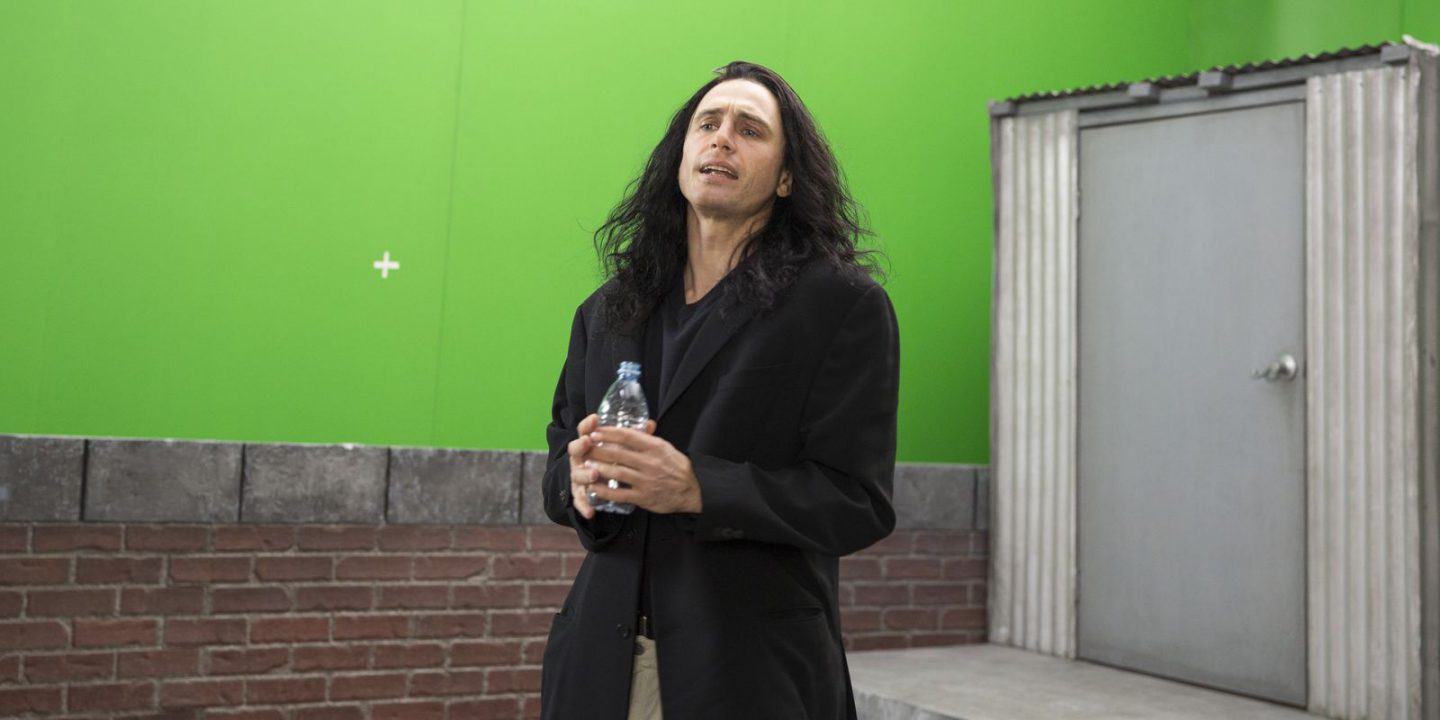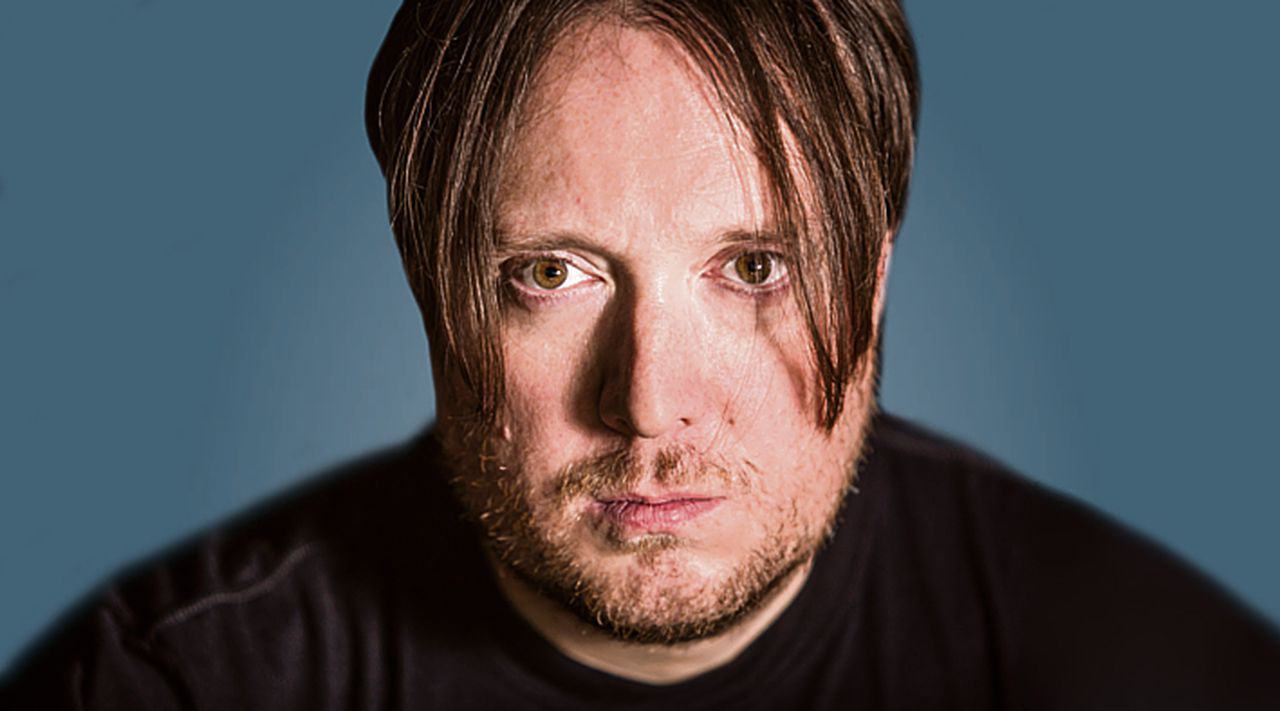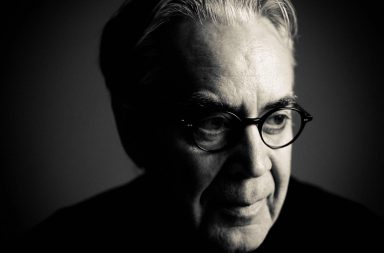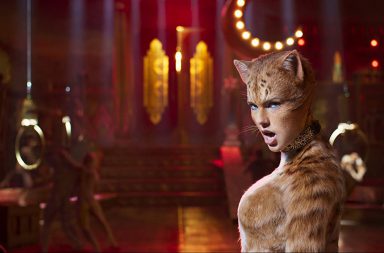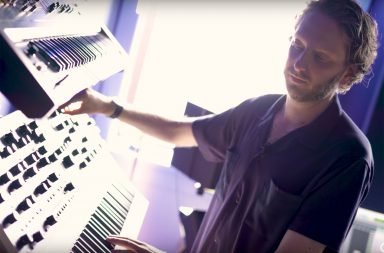An L.A.-based composer, Dave Porter is best known for having scored all 62 episodes of AMC’s Breaking Bad. He attended Sarah Lawrence College, where he studied classical and electronic music composition, before starting his professional career in The Looking Glass Studios, the New York recording studios of Philip Glass. He left New York in the early 2000s, in what he calls a “post-9/11 exodus” and moved to Los Angeles. His early works include additional music for the sci-fi/action film Ultraviolet, starring Milla Jovovich, and Chris Bell’s documentary Bigger Stronger Faster. His encounter with the Breaking Bad creator, showrunner, writer and director Vince Gilligan marked the birth of one of the most wonderful and complex scores ever written for a TV series, defining Dave Porter’s own style, blurring lines between traditional score composition and sound design. Breaking Bad’s iconic theme, nervous pieces, muffled percussions and traditional instruments created an atmosphere quite unique in the world of TV series, since the music played a part as important as the main characters did.
Besides having teamed up once again with Gilligan for the Breaking Bad spin-off Better Call Saul, Porter’s credits as a TV series composer currently include NBC’s The Blacklist and AMC’s Preacher. The Disaster Artist is Porter’s fourth original score for a fiction feature film.
Based on the nonfiction novel of the same name written by actor Greg Sestero, The Disaster Artist recounts the making of the 2003 film The Room, which gained a cult status by being known as “the Citizen Kane of bad films”. Directed by James Franco, The Disaster Artist is also a beautiful Hollywoodish tale of friendship between director Tommy Wiseau (James Franco) and Sestero (played by James’s brother Dave Franco), two antithetical minds who shared the same aspirations in a desperate, crazy effort to reach fame.
Score It Magazine: Firstly, how did you initially get involved in composing music for The Disaster Artist? I assume it is thanks to producers Seth Rogen and Evan Goldberg.
Dave Porter: That’s right. I was already working with them on a TV series called Preacher, which is based on a comic book that those guys loved when they were younger. They got the rights to make the television version of it and they are very involved in it, they direct some of the episodes… So I got to spend a lot of time with them working on Preacher, and during one of our meetings, I overheard them talking about what was to become The Disaster Artist, in which they are also involved as producers. Of course, I was interested by what they were talking about and I bought the book, which I knew was going to be their outline for how they were going to approach the movie. I loved the book when I read it and so I spoke with those guys, wondering if they had anyone interested for the music yet: they said they haven’t gone that far yet, but thankfully, they thought I would be a good match, and then they introduced me to their good friend and long-time collaborator James Franco. That’s how I ended up being fortunate enough to work on it.
As a matter of fact, I read Greg Sestero’s book listening to your score, and I thought it gives you the perfect mood to read it. What inspirations did you draw from it?
I’m so glad to hear that! The book really was my inspiration. I love everything about the movie, but the book is what initially got me excited about the project. Of course, like in any book, there’s so much more you can say than you can say in a 90-minute movie. There are so many amazing details they managed to put in the film, but there are even more in the book! Greg Sestero, as a person and with his book and his journey through all of this, is really fascinating. He is the moral center of the story, all of us can relate to him in some way. Through his book, he got me interested in the project and I think I always saw it through that lens. And the book is what made this story possible, I’m sure it’s also what made James excited about it too.
What amazed me in both projects was how it wasn’t much of a “making of” kind of story, but how strong it sticks to this wonderful tale of a narrow yet true friendship between these two guys with contradictory personalities, and that’s mainly what the score makes us feel. How did you work on this?
Very early on, we had a lot of discussions about what role the music should play. In my case, I thought the music should be the glue to their friendship. Not that the film didn’t tell that story, but it had to reinforce it. There’s a core friendship and also a core shared dream between these two guys that, as you pointed out, couldn’t be more different. But they had the same goals, and despite all of the obstacles thrown at them and through the ups and downs, they managed to succeed. Not in the way they initially intended it, but they did, and they’re still good friends today! And for any creative person who is brave enough to put their ideas and their creative expression out there in the world, I think anybody can relate to them.
Some pieces of the score are much more orchestral than what we’re used to hear from you, and they remind us of these overwhelmingly optimistic Hollywood film scores. Hollywood films have obviously been an inspiration for Tommy; Sunset Boulevard, although the film doesn’t even mention it, is quoted several times in the book and might be the most Hollywoodish film ever made, and the making of The Room is of course an incredible real-life Hollywood story itself. Did you take any inspirations from classic or more recent Hollywood films while composing the score?
I did, and I’m glad you picked up on that. One of the things that I really tried to achieve with the score was an earnestness and an optimism that isn’t necessarily too common now in film scores, but that used to be in Hollywood film scores decades ago. I think there is a sweetness and an innocence in both Tommy and Greg and in their friendship as well that really works. And, yes, there is no more Hollywood story than this one. This is the ultimate version of the Hollywood success story and for me, that kind of big, swelling, full and optimistic sound was something I really wanted to capture for that. I studied classical and electronic music and I know both very well, but just because of the avenues that I’ve been down and the projects that I’ve worked on, I haven’t got to do so much of that lately, so that part was exciting for me too.
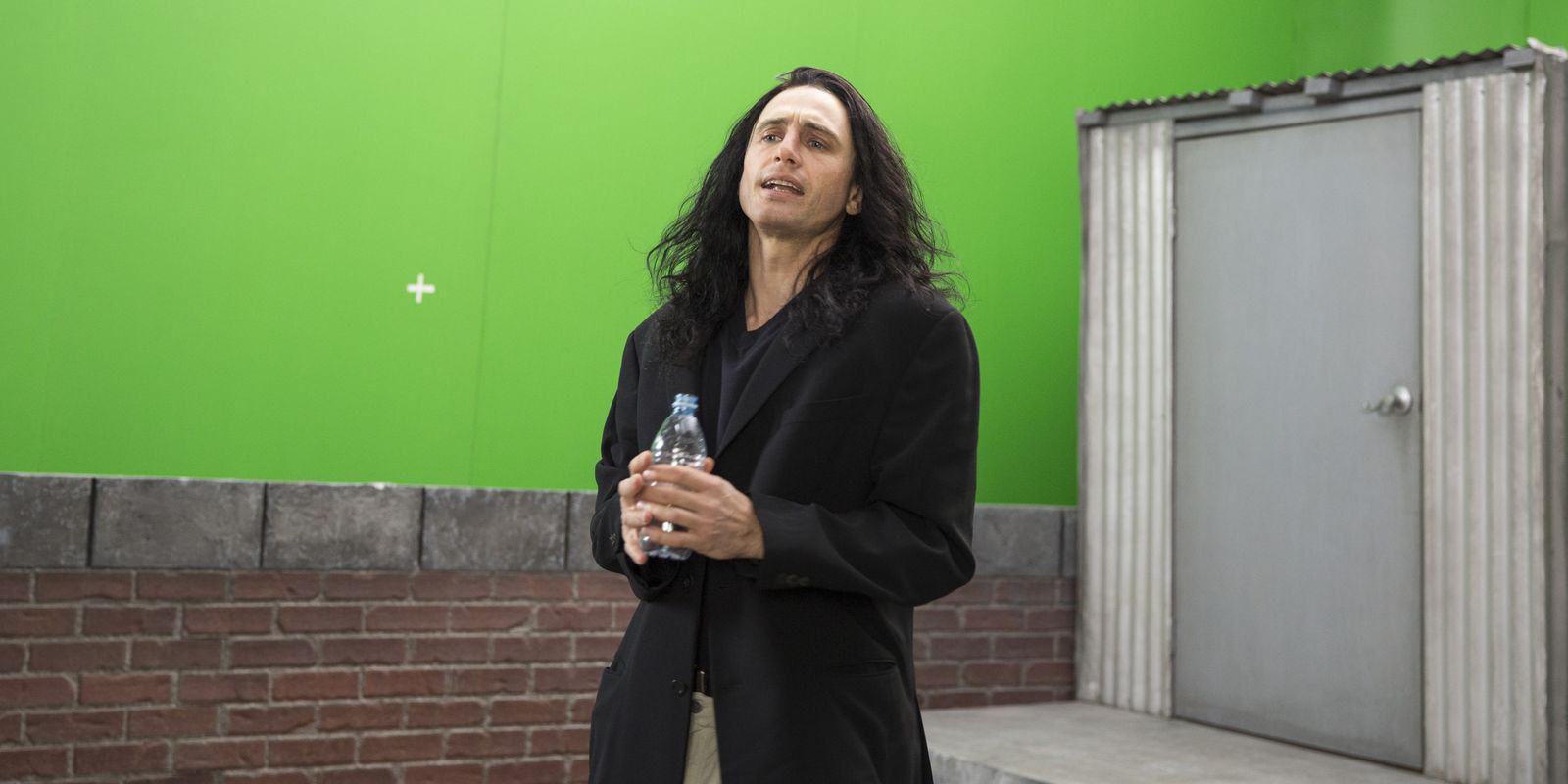
Tommy Wiseau (James Franco) shooting the famous rooftop scene. Photo by Justina Mintz.
What’s interesting with your music is that it goes beyond characters: in Breaking Bad, for instance, music is basically one of the main characters. It is very rich, and it is fun and complex at the same time. We can feel that in Better Call Saul and in Preacher as well: the episodes might sound very different from one another. Do you find it more relieving to write music for a film, which has to be much more uniform, or do you feel more stuck?
(Laughs) You know, there are advantages and challenges at both. The beauty of working on a television series is that you have lots of time. Not in the near term, because you have a lot of music to write and you have to turn around episodes very quickly, but in what I call “music real estate”, in other words amounts of music that you can use. To use your example, Breaking Bad is 62 hours long: that is a lot of time to develop ideas and themes to push the story forward, emotionally or evolutionally. So that “real estate” and time gives you a lot of license to experiment. On the other hand, a movie is sort of the opposite problem: in the best case scenario, and this was true for The Disaster Artist, you have more time to write the music, but the amount of available music space, of course, is much smaller. So, whatever you are going to say creatively or whatever journey you’re going to go on musically, you have to do it much more quickly and succinctly. One of the things I’ve been very lucky about in my career is that I’ve worked on a lot of different kinds of projects that keep me creatively motivated. The music from Better Call Saul is wildly different from what I’ve done on Preacher, or the balance of what I’m doing on film versus TV, these are challenges that I like to have because they keep me creatively interested.
How much time did you have to write and compose the music for the film?
All told, I think I did it in a couple of months. It wasn’t every day, because I was working on other projects, of course, but there was flexibility there: some additional shooting was happening, some final editing as well and James, of course, is a super busy guy, so I’m sure he was working on five other things at the time… (laughs) But unlike some of the TV shows like Better Call Saul or The Blacklist where I had a week for each episode, not only to compose, but also to mix and get approved and turn over to the mixing stage, for me it feels like an awful long time. The timetable is just different.
The electronic dimension of The Disaster Artist’s score is very interesting, with many motifs that can be heard in different tracks. I’ve always thought that motifs are the beating heart of electronic composition, but it’s also at the center of classical composition as well. Is it something that comes from your educational background at Sarah Lawrence?
What differentiates music and film from other art forms such as, say, a painting or a photograph is that they have that dimension of time within which they can evolve. All music has that element of change in motion. This is another thing that has always interested me, and when I was younger, I was particularly interested in the work of the New York-centered classical minimalists like Philip Glass and Steve Reich; in addition to all that classical music I’ve studied as a child, it plays a big role in how I think about creating music. And just like a scriptwriter, the evolution of a simple musical idea into something different or more complicated is what is most interesting to me about music.
The soundtrack also includes some cheesy hits from the ‘80s and the ‘90s such as Rick Astley’s “Never Gonna Give You Up” and Corona’s “The Rhythm of the Night”. Were these songs originally intended to be in the film or did you work with the music supervisor and James Franco to give them their own space?
I wasn’t really too involved in the licensed music, I mostly stayed out of this arena and left this to the music supervisor, who in this case was a very talented guy named Gabe Hilfer. Actually, he’d be the better person to ask about the songs, but I would say that I know that James had some songs that he was very eager to use and I’m sure Gabe had some great suggestions as well. The very important role of that music is to establish the time period of the film when they were making The Room, which is the late ‘90s. That is something the score doesn’t offer: I designed the score to be more modern but could take place any time. So the licensed music pens it down to a very specific time, and also carry an overoptimism in them as well, which adds to our push to encapsulate that honesty and that dream that they’re trying to achieve.
You have a very particular style, blurring the lines between film music and sound design. We can feel that in Breaking Bad. The music in the 2nd half of the film reminded me, in some ways, of the Eric Clapton & Michael Kamen score for Lethal Weapon…
Oh, that’s interesting! I’m not familiar with it, but I’m definitely going to go listen to that, sounds exciting! Actually, I didn’t reference anything particularly when I was working on this project, but I would say this score is much more orchestral-leaning than some of the things that I’ve done before on TV. There’s always going to be some elements for me of computer design or synthesizers in everything I do. There’s always going to be a mix of the two, the question is just going to be: where does the balance lie? Obviously, for The Disaster Artist, it leans more towards the orchestral construction and a lot of guitar work as well. This was the main process, but there were plenty of opportunities for me to sneak in those little pulses feelings of electronic urgency and all the tools that I love to use as well underneath.
What are your upcoming projects in film?
Well, as you might expect, nothing that I can talk about. (laughs) But I so much enjoyed the process of working on The Disaster Artist that I hope having a nice balance, as I explained before, working on film and television. It’s a funny thing, if you’d asked me when I was a kid, I would have told you that I would like to do only films. Films were the pinnacle of writing music for pictures, but I’m not sure that is still the case, and I feel so blessed to work on such great television – television that is frankly the envy of a lot of movies. So I think that for my generation of composers, it’s not so much about which media you’re in than it’s about being fortunate enough to work with the best talents and following them on the best projects. I’m going to be searching those out wherever they are, but I think for me, ultimately, it’s going to be a mixture of television and film.
Interview prepared, conducted, transcribed and edited by Valentin Maniglia
